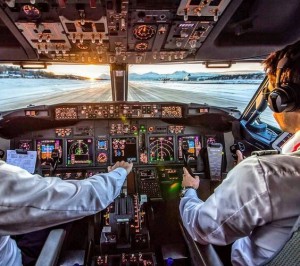“Navigating the Skies: The Impact of Automation in Aviation”

In the dynamic world of aviation, technological advancements have taken flight, quite literally. Automation has become a cornerstone of modern aircraft, enhancing safety, efficiency, and overall performance.
One of the most significant contributions of automation in aviation is evident in the cockpit. Pilots now rely on advanced autopilot systems that can handle routine tasks, allowing them to focus on strategic decision-making and critical aspects of flight. This not only reduces the workload but also minimizes the risk of human error.
In addition to autopilot, automated systems play a pivotal role in navigation, weather monitoring, and communication. Aircraft are equipped with sophisticated sensors and communication tools that ensure real-time data exchange, enhancing situational awareness and response capabilities.
While automation has undeniably improved aviation, it also raises discussions about the balance between human intervention and machine control. Striking this balance is crucial to maintaining a safe and efficient aviation ecosystem.
As the aviation industry continues to soar into the future, the integration of automation remains a key trend. For professionals in aviation, embracing and understanding these technological advancements is essential for staying at the forefront of an industry that constantly evolves with the winds of innovation.
Author: Moumita Ghosh









Leave a Reply